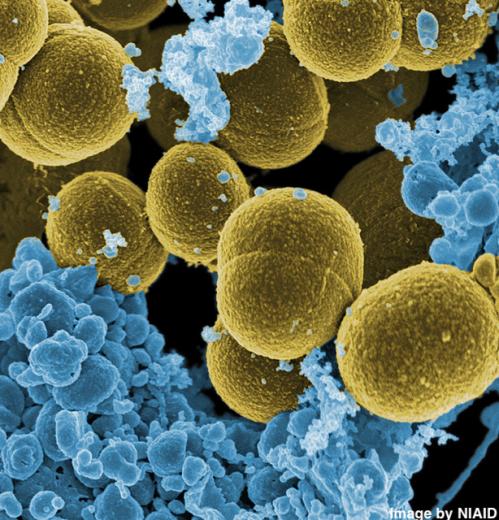RSE Fellowship plans: Joanna Leng, University of Leeds
Posted on 24 January 2018
RSE Fellowship plans: Joanna Leng, University of Leeds
 By Gillian Law.
By Gillian Law.
Joanna Leng is a computational scientist and visualisation expert who will focus her Research Software Engineer (RSE) fellowship on bringing research computing to imaging. She believes that some areas of the imaging community are failing to fully pick up on the potential of computing, and Leng hopes to transform the use of technology in the field to accelerate scientific discovery.
Leng will develop software on campus at the University of Leeds for three new imaging techniques, collaborating with Sven Schroeder for spectral X-ray imaging, Rik Drummond-Brydson for spectral electron microscopy imaging and Michelle Peckham for super-resolution light microscopy, in partnership with Diamond Light Source, SuperSTEM and the SCI Institute in Utah, USA.
With 20 years of experience in imaging, visualisation and High Performance Computing (HPC), Leng brings a broad network of contacts to her fellowship, having been interested in imaging and visualisation since her undergraduate degree in biophysics at the University of Leeds. After university, she retrained in computer science, looking for a better paid career, only to “realise at the last minute that I couldn’t face working for one of the banks!” That moment of clarity “brought her to her senses”, and she moved to work in visualisation at the University of Manchester at the Computer Graphics Unit that shortly afterwards hosted an academic flagship HPC Service called CSAR.
“In the UK at the time scientists didn’t do visualisation very well, and it wasn’t officially part of the CSAR HPC service, to begin with. But it went well, and scientists are more involved with visualisation now,” Leng says.
After a career break with care responsibilities, Leng initially struggled to find the right role to return to work, but was lucky enough to find work as a research fellow back at the University of Leeds, in the Institute of Medical and Biological Engineering, where she developed a computer model of edge loading which causes high levels of wear on artificial hips. “I had to go part-time for a short while, due to more family issues, and that was yet another snake in the snakes-and-ladders pattern of my career!” Leng says.
Back into HPC services, Leng now works in the Advanced Research Computing group that runs local and regional academic HPC services, improving users’ experience and helping to boost their productivity. The role also involves developing training materials, documentation and working with users on projects and to solve issues. Alongside her HPC role, Leng runs three networks at Leeds: the Research Software Engineer (RSE) network, Women in High Performance Computing, and a Visualisation and VR network.
“I have a lot of contacts on campus because I’m in a central unit and I talk to lots of different people across the university,” she says.
For the past four years Leng has also been involved in The Superposition, a collective for artists, scientists and makers to collaborate on creative projects. As part of this she has set up BioLeeds, a group of people interested in art, design and making with biology in the Leeds city region. “This has allowed me to apply visualisation design method to create scientifically interesting art exhibits,” she says.
Many researchers, in more experimental areas of imaging, are not gaining the benefits that they potentially could from computing, Leng says, and she is keen to bring this to them to help improve their research software and so accelerate their science. “Coming from an experimental background I am keen to get other experimentalists using and developing software better. I think in some fields the use of computers is a lot better than in others, the experimentalists are behind and need help,” she says.
In the UK, imaging research and its funding tends to focus on individual imaging methods, whereas the SCI (Scientific Computing and Imaging) Institute in Utah, USA is a multi-disciplinary international centre of excellence interested in all imaging methods with a broad portfolio of software covering problem solving environments, image analysis, geometric and shape modelling, simulation and visualisation. “The long-term aim of my fellowship is to copy that approach, and develop a centre of excellence in the UK that works across a board range of imaging methods and computational needs rather than focussing on one particular area of imaging,” Leng says.
The work will involve a number of case studies, as is common in both imaging and visualisation, she said. However, the use of HPC will speed up studies that otherwise could take years to complete. “One of the aims of the fellowship is to change culture, as well as writing software. Which is a big ask – but I really think it’s what we can do here,” Leng says.
